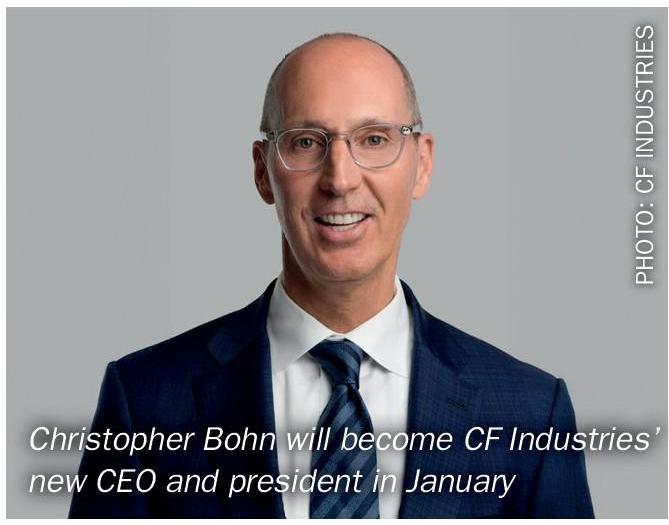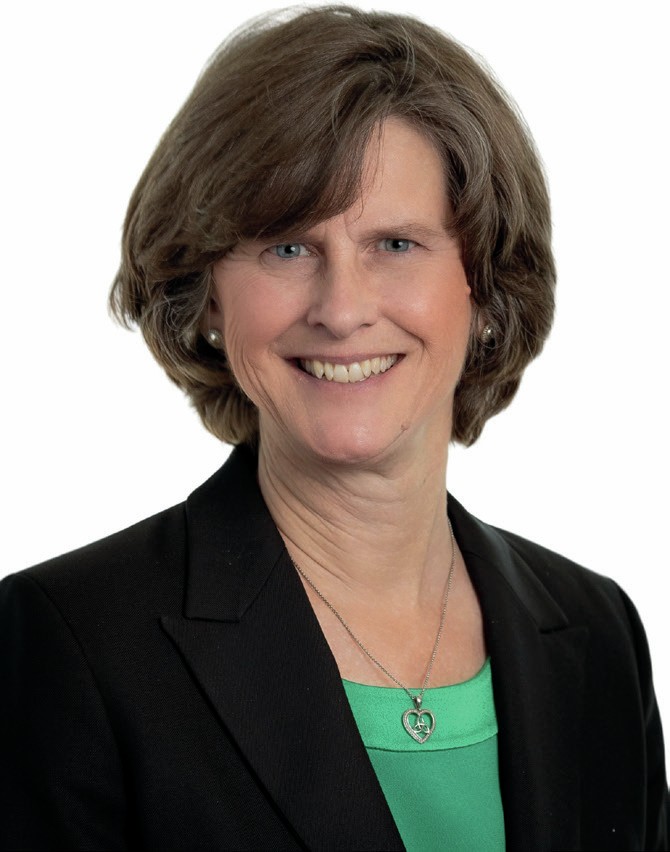Sulphur 401 Jul-Aug 2022
31 July 2022
People
Clariant has announced a reorganisation into three global business units instead of the previous five, with the business unit presidents to be located in the regions with the largest customer base and highest growth potential for the respective businesses. It will also create a new executive steering committee that will include the CEO, the CFO and the presidents of the new business units. The company says that the new structure aims to reduce hierarchical layers, foster greater accountability, speed up decision-making processes and enhance customer proximity, while strengthening diversity.
“With our new operating model and cultural transformation, we will foster better customer orientation, greater empowerment, accountability and transparency and take a new approach to leadership development promoting an inclusive and diverse culture – thereby securing Clariant’s position to achieve its 2025 targets, in line with our purpose-led strategy,” said Conrad Keijzer, Clariant’s Chief Executive Officer.
Clariant will combine its existing Catalysts business unit and its Biofuels & Derivatives business line into a single business unit called “Catalysts”. Functional Minerals and Additives will become “Adsorbents & Additives”, and Industrial and Consumer Specialties and Oil and Mining Services will form the “Care Chemicals” business unit. The new units will be headed by newly appointed business unit Presidents Angela Cackovich, Jens Cuntze, and Christian Vang.
Angela Cackovich will become President, Adsorbents & Additives and the Europe, Middle East and Africa region. She will join Clariant’s Executive Steering Committee from Tesa, where she was a member of the Executive Committee. She gained significant industry experience in several positions, including at Henkel, Celanese, Rohm & Haas as well as Dow Corning and Hoechst. As a German citizen she holds a master’s degree in chemical engineering.
Jens Cuntze has extensive experience within the company. He will become President, of the Catalysts business unit, located in the Asia-Pacific region. Previously, he was Head of Corporate Planning & Strategy after serving in various leadership roles including Head of Petrochemical Catalysts and Head of Procurement. He holds a diploma and PhD in Chemistry from ETH Zurich and is German.
Christian Vang will become President of the Care Chemicals unit and the Americas region. He has more than 14 years of leadership experience within Clariant. His most recent positions included Head of Industrial and Consumer Specialties and Head of Corporate Planning & Strategy. Prior to joining Clariant in 2008, Christian worked in leading positions at Siegwerk, SICPA and Hempel. He holds degrees from Harvard, Insead and London Business School, and is a Danish national.
With the elimination of the Chief Transformation Officer (CTO) and Chief Operating Officer (COO) roles, the new structure enables direct reporting lines of Clariant’s BUs to the CEO. As a consequence of the new structure, Hans Bohnen, Chief Operating Officer, and Bernd Hoegemann, Chief Transformation Officer, have decided to step down from their current roles in the Executive Committee and will pursue their careers outside the company.
Clariant will ensure additional transparency and accountability by moving away from its current structure of an Executive Committee with a sole oversight and review role. Instead, the Company will have a new Executive Steering Committee that will include CEO Conrad Keijzer, CFO Bill Collins as well as the three BU Presidents effective July 1st, 2022. Together with Chief Human Resources Officer Tatiana Berardinelli, General Counsel Alfred Muench, newly appointed Chief Corporate Development Officer Chris Hansen, and Chief Technology & Sustainability Officer Richard Haldimann, the Executive Steering Committee will form the Executive Leadership Team.
In terms of gender equality, Clariant says that it strives to provide equal opportunities for all genders with a special focus on strengthening the gender balance at the management level by doubling the current female representation to at least 30% by 2030.






